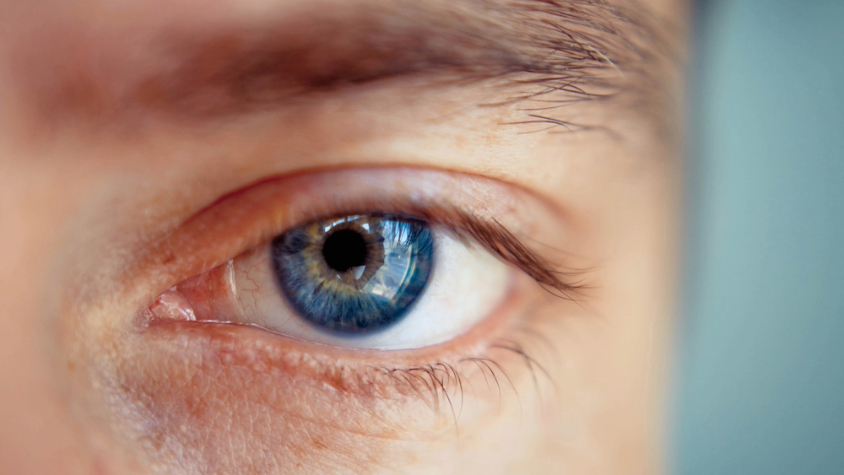How diabetes affects your eyes

A common disease
More than 300 Australians develop diabetes every day, which is equal to an alarming rate of 1 person receiving a diagnosis every 5 minutes.
National Diabetes Week, held from 9 July to 15 July, aims to be Australia’s biggest conversation about the impact of diabetes.
Your risk of diabetes increases with age, peaking in the 65–69 age group for both men and women2.
Diabetes is a multi-faceted disease where there is too much glucose in the blood. The body can’t make enough insulin or is not effectively using the insulin it does make.
Over time high glucose levels can damage blood vessels and nerves, resulting in long term health complications including heart, kidney, and foot damage.
But did you know diabetes can also impact your eyes and vision?
A big impact on your daily life
Studies have found that the emergency services community are at higher risk of diabetes.
In fact, diabetes is the leading cause of blindness in working age adults. OPSM Optometrist, Kirby Phillips, describes the impact high or variable blood sugar due to diabetes can have on the eyes.
“There are a number of ways that vision can be affected by diabetes,” Kirby explained.
“There can be fluctuations in vision as well as the presence of diabetic retinopathy – a condition which has the potential to cause severe vision loss.”
Diabetic retinopathy is an eye condition that can cause vision loss and blindness in people who have diabetes. It affects blood vessels in the retina (the light-sensitive layer of tissue in the back of your eye)3.
It can present without symptoms in its early stages, but if left untreated, it can result in vision that is blurred, patchy or distorted2.
This can impact day-to-day activities such as walking, reading and watching television.
Prevention is best
Regular eye examinations with an optometrist can detect signs of diabetes as well as ensure that diagnosed diabetes is remaining well-controlled.
1 in 20 Australians have diagnosed diabetes, but studies have shown that many Australians are living with undiagnosed type 2 diabetes.
This means that regular health checks are vital in ensuring any undetected diabetes is found and treated. Regular eye tests as directed by your optometrist are essential, with or without the presence of diagnosed medical conditions.
Emergency Services Health offer members generous optical benefits^, which you can roll over unclaimed Annual Maximums from one calendar year to the next.
^Waiting Periods, Annual Maximums, Rollover Maximums and other conditions apply.
1Diabetes Australia. Diabetes in Australia (2023).
2Australian Institute of Health and Welfare
3Diabetes Australia
4National Eye Institute
5Vision Australia. Diabetic Retinopathy (2023).
6Diabetes: Australian Facts. Australian Institute of Health and Welfare (2023).